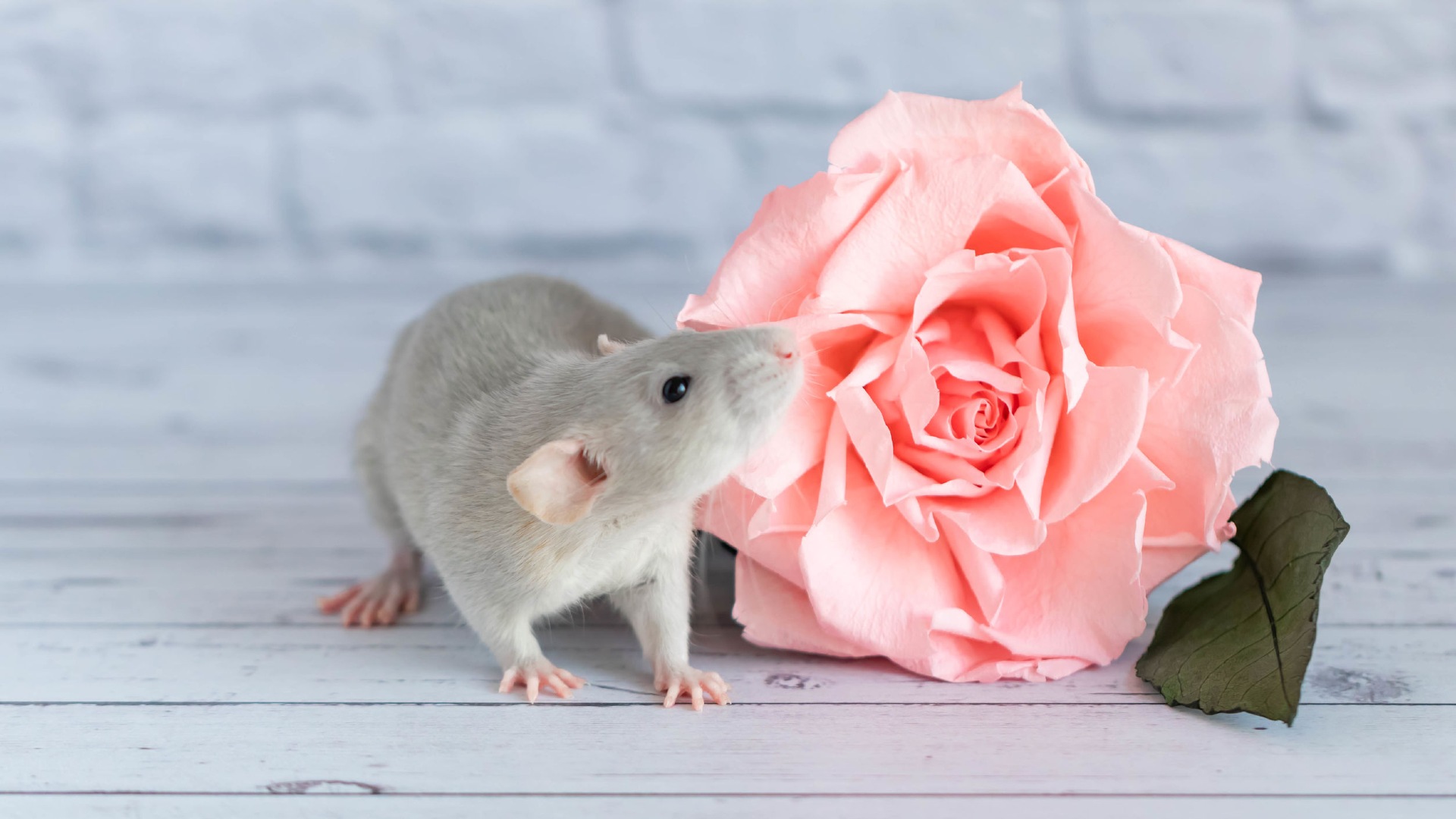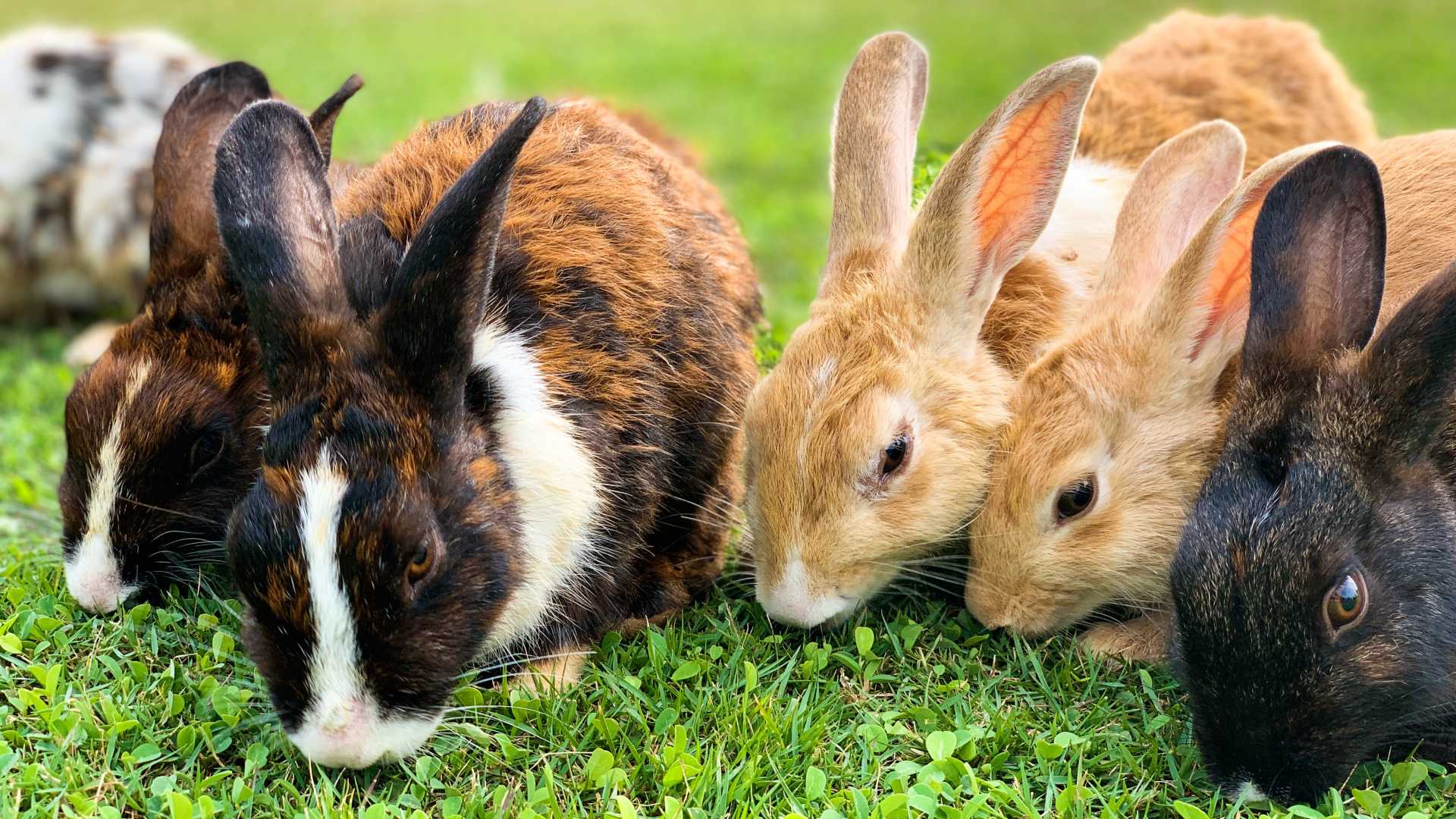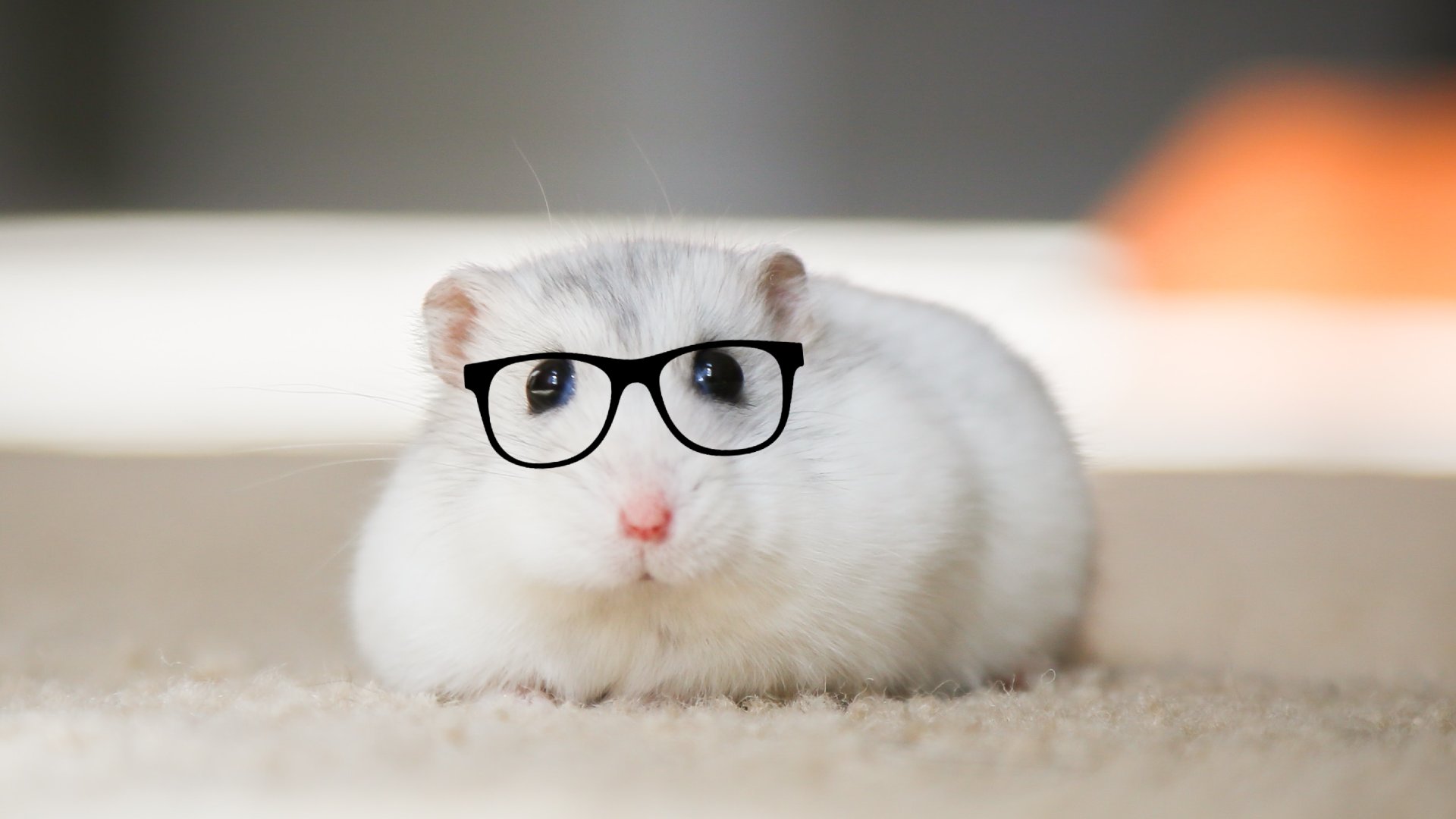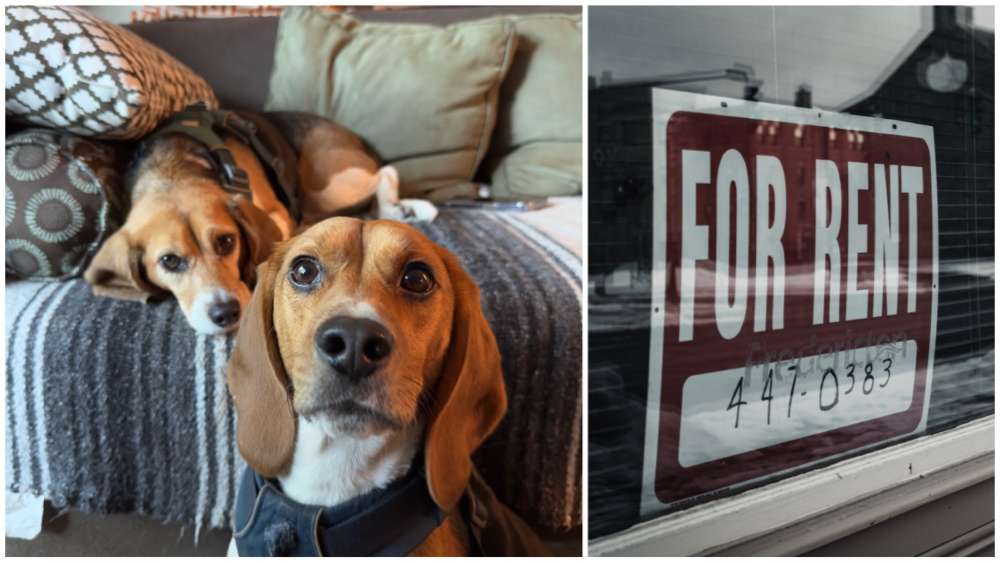All You Need To Know About Keeping And Caring For Rats
“Why would anyone want to keep rats as pets?!” we hear you shriek. Contrary to popular belief, pet rats – the “fancier” ones, not the disease-carrying pests running around in long kangs hor – are super clean and sociable creatures. Plus, they come in different colours.
More facts about these rodents:
● Rats are social creatures and should be kept in pairs or in a group. A same-sex female pair would be a better pairing for first time caretakers.
● Not ready to be an ah ma or ah gong yet? Rats can be neutered and spayed. (Incidentally, an average litter size is between 12 to 20 pups.)
● Average lifespan of a rat: 18 to 36 months (just like hamsters).
● They are nocturnal animals.
● Rats communicate with each other by emitting ultrasound frequencies (which are inaudible to humans except for their occasional squeaks).
● Rats are very loving one. They return the affection by “grooming” their owners, much like rabbits do.
● Like a typical Singaporean, rats love food! Food-based rewards keep them motivated when learning new tricks.
● Rats are #cleanfreaks – just like cats and rabbits, they clean themselves.
Housing Needs
Cage
Honestly, the biggest size you can afford is the biggest size you should get. But a cage that’s anywhere between 70cm to 90cm in length is great for a pair of rats. Also, the higher the cage, the better for your rats, so they can climb and jump vertically.
Some things to take note of:
✔︎ Ensure that the cage bars are not too far apart; rats can slip through easily
✔︎ Cover all wired flooring to prevent rats from injuring their feet; a common injury among rodents is bumblefoot (a pus-filled abscess covered by a black scab)
✔︎ Opt for a cage with bars – it provides more ventilation than an aquarium enclosure with a meshed top; the latter also doesn’t have much height
✔︎ Place your rat cage indoors and away from direct sunlight or direct aircon/fan as rats can suffer from heatstroke and colds easily
We recommend this double unit Critter Nation cage.
Hidey house
Rats need a safe place they can call home. A cost-effective solution would be a cardboard box which they can enjoy some peace and quiet in. A hammock is one of the other things rats enjoy in their homes too.
Bedding
Do not use cedar or pine chips, which contain oils that are very dangerous to rats. Provide shredded paper towels or napkins if your rats like to make nests. Other recommended bedding include recycled paper (not shredded paper with ink), Kaytee Clean & Cozy White small pet paper bedding, and Carefresh.
Diet
A rat should have a high-fibre and low-carb diet. Limit higher-fat foods such as cheese, seeds, and nuts. Staples to consider are rat blocks and pellets.
Occasionally, you can feed them:
✔︎ Fruits (apples, cherries, grapes, bananas, strawberries and other berries, melons, plums)
✔︎ Vegetables (broccoli, potatoes, peas, carrot, cooked sweet potato, kale, parsley, bok choy, squash)
✔︎ Mealworms
✔︎ Small dog biscuits
Foods to avoid:
✖︎ Chocolate
✖︎ Cabbage and Brussels sprouts
✖︎ Green potatoes
✖︎ Sweet, sugary treats and any other human “junk food”
✖︎ Caffeinated beverages (coffee lovers, please take note ah!)
✖︎ Green bananas
✖︎ Wild insects (due to parasites and pesticides they may contain)
✖︎ Any foods with d-limonene (lemon and orange peels and juice, mango, black pepper, nutmeg) – the food constituent apparently causes tumours in male rats
Enrichment
Your rats will appreciate all the time and effort you put into finding them the best toys. Rats are intelligent creatures that need to be stimulated constantly. This can be done by providing them with toys, puzzles, ropes and ladders, anything that can help challenge and engage them. Who won’t like!
Toys
When it comes to toys, take note of the following:
✔︎ Rotate toys to help “spice things up” – do a switch every week
✔︎ Bird toys – such as ladders and ropes for climbing – are great for rats
✔︎ Other toys you can consider: PVC tunnels, cardboard, kitchen towels, untreated safe woods (apple sticks, blackberry, coconut shell, mulberry, rose hip, grapevine)
Chew toys
Avoid these woods:
✖︎ Birch
✖︎ Aspen
✖︎ Cedar
✖︎ Eucalyptus
✖︎ Maple
✖︎ Olive
✖︎ Rosewood
✖︎ Teak
✖︎ Willow
Playtime (rat-proof area)
Block access to anything that could be potentially toxic. This includes fake plants, potted plants, electrical cords, wires etc. Remember to play safe, and put rugs in the play area as rats may urinate to “mark” their territory.
Wheel
This is not 100% necessary – in fact, some owners are afraid that a wheel may damage a rat’s spine or tail. However, under close supervision, rats could really love the wheel because it’s fun lah, and it provides a good source of exercise for them, especially if they don’t get free roam time.
If you are considering getting a wheel for your rats, get one that is at least 27cm in diameter or wider, depending on the size of your rat. Golden rule: Rats must run with a flat back on the wheel. If it’s slightly bent, upsize.
Do not get wheels with grills like this one. Instead, opt for something like this.
Cleaning
A clean enclosure is necessary to have happy and healthy rats. You wouldn’t want them living in their own poop anyway, right? So, if you can afford the time and energy, I’d suggest doing:
✔︎ A daily spot clean
✔︎ A deep clean once a week or fortnight, depending on whether you spot clean daily or not
✔︎ Use water and f10 solution to disinfect cage
Remember, having a clean cage never hurt nobody!
For the latest updates on Wonderwall.sg, be sure to follow us on TikTok, Telegram, Instagram, and Facebook. If you have a story idea for us, email us at [email protected].



/roundup_5_april_2024_rectangle.jpg?sfvrsn=21b9d2d9_1)







